At Huawei’s Southern Pacific Conference, the Chinese giant has announced the regional availability of its latest P9 series of smartphones. All three of these devices – the P9, P9 Plus, and P9 Lite – are catered to almost every price point: the P9 Lite is aimed at budget-conscious consumers, while the higher-end P9 and P9 Plus are for those looking for a premium smartphone.
With some help from Leica, can the P9 and P9 Plus truly “redefine mobile photography?” From our brief time with the devices, we have to say…they are quite promising.
Huawei P9 Plus
The most exciting of the three smartphones is definitely the Huawei P9 Plus. Packed with a beautiful 5.5-inch 1080p Super AMOLED display alongside a capable Kirin 955 processor paired with 3GB or 4GB of RAM, the P9 Plus is definitely a high-end device. It also has a 3,400mAh battery, up to 64GB of expandable internal storage, and of course, the Leica-certified 12MP dual camera setup at the back.
What makes the P9 Plus particularly unique in comparison to the other two devices is not only the dual-camera setup, but also its “Press Touch” display. Essentially, it works much the same as Apple’s 3D Touch: you press harder on the display to summon a list of additional options. In contrast to Apple’s take of the technology, Press Touch on the P9 Plus isn’t quite as refined.
Where the iPhone features a unique light haptic “tap” when 3D Touch is activated on a menu, the P9 Plus simply vibrates, as if you’ve just received an email. It isn’t really a huge deal, but it does show the level of refinement that isn’t present on the P9 Plus.
Aside from the pressure-sensitive display, the P9 Plus feels a lot like a P series device. It is slim, comfortable to hold, and definitely premium. Despite packing a 3,400mAh battery, the P9 Plus doesn’t feel all that heavy, and the glossy, brushed metal back definitely helps with getting a good grip of the device.
Huawei P9
One tier down the lineup is the Huawei P9. As its name suggests, it is quite simply a smaller, slightly more affordable option to the P9 Plus. It has a smaller 5.2-inch Full HD IPS – instead of AMOLED – display, the same Kirin 955 processor paired with up to 4GB of RAM, 32GB or 64GB of expandable storage, as well as a more modest 3,000mAh battery. Of course, it also has the Leica-certified 12MP dual-camera setup of the P9 Plus.
Fortunately, we managed to capture some images with the P9. Due to the similarities with the P9 Plus hardware, camera performance of this device is likely similar to the P9 Plus. Here are some sample images:
The dual-camera setup of the P9 isn’t like other devices such as thehonor 6 Plus. In the case of the P9, it has one standard 12MP sensor complemented by a 12MP black-and-white sensor. This explains why black and white images look quite impressive with the P9; colour images look pretty good as well, of course.
But, most capable smartphones today are able to take great-looking images with proper lighting; only when the lighting isn’t ideal we can see the weaknesses of a camera. Unfortunately, we were not able to try out the low-light performance of the P9, but rest assured, we will do so in a full review of it.
Aside from the camera, the P9 feels a lot like a smaller P9 Plus. It is still very slim, and using the device with only one hand is quite easy, thanks to the more compact dimensions. That being said, I’m not particularly fond of the matte back panel: it is much more slippery over the P9 Plus’ glossy finish. Weird, I know.
Huawei P9 Lite
Those who are looking for something more affordable may be interested in the P9 Lite. After all, its predecessor, the P8 Lite, was very well-received by consumers on a budget. That being said, as it is a more budget-friendly option, the P9 Lite doesn’t have the same dual-camera setup of its higher-end siblings. Instead, it is equipped with a 13MP rear camera and an 8MP front-facing shooter.
Other specifications of the P9 Lite include a 5.2-inch 1080p IPS display (a welcome change over the P8 Lite’s 720p display), a new Kirin 650 processor paired with up to 3GB of RAM, 16GB of expandable internal storage, and a 3,000mAh battery – its predecessor had a much smaller 2,200mAh battery. There is also a fingerprint sensor at the back of the P9 Lite, a feature that is becoming increasingly common on budget-oriented devices.
In my hands, the P9 Lite – like the other two devices in the series – feels solid for such a thin device. However, I don’t particularly like the device’s back panel: I was told that it is made out of metal, but it feels rather plasticky. At least, this is the case with the white model of the P9 Lite.
The Huawei P9 series is definitely an interesting lineup. It caters to more than one price point, and the Leica-certified camera – marketing gimmick or not – definitely shows promise especially in normal lighting. It will be very interesting to see how the dual-camera setup of the P9 compare to the best mobile shooters in the market, such as theSamsung Galaxy S7 edge. In fact, we do have a comparison in mind, so keep an eye out for that.
At Huawei’s Southern Pacific Conference, the company only revealed that the P9 series will be arriving in Malaysia from the end of Mayonwards. Ultimately, especially for Malaysians, the retail prices of these devices will affect how consumers respond to them. Here’s hoping Huawei Malaysia will price the P9 Plus, P9, and P9 Lite competitively when they arrive here.
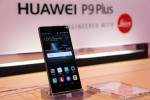





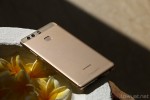


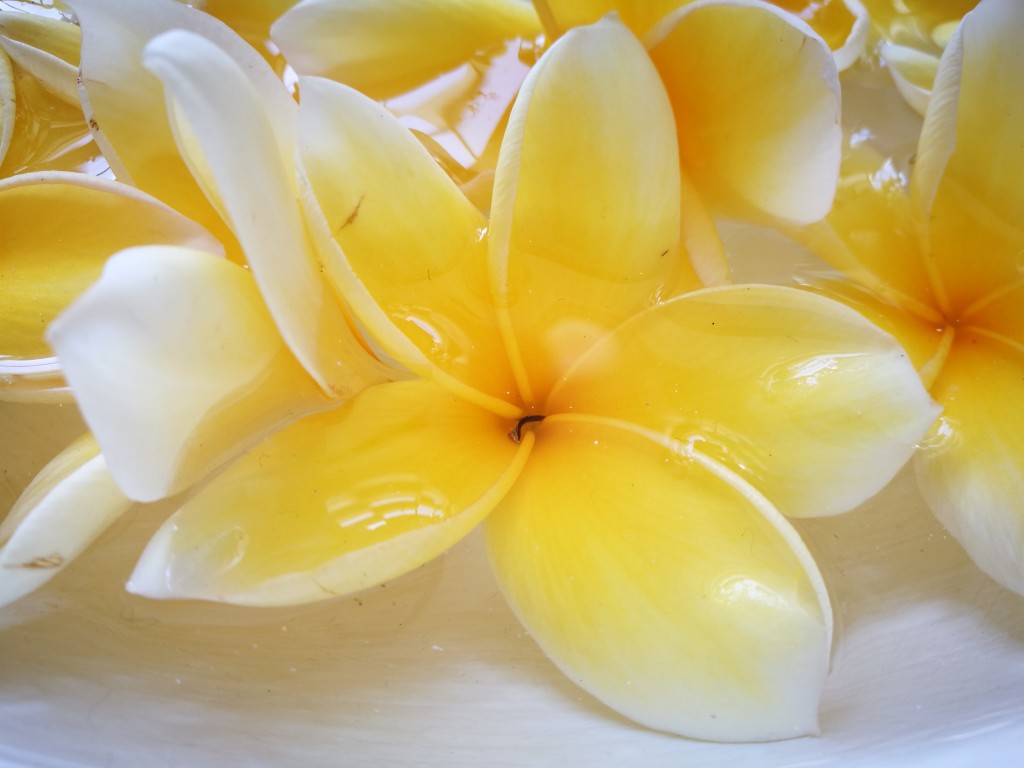
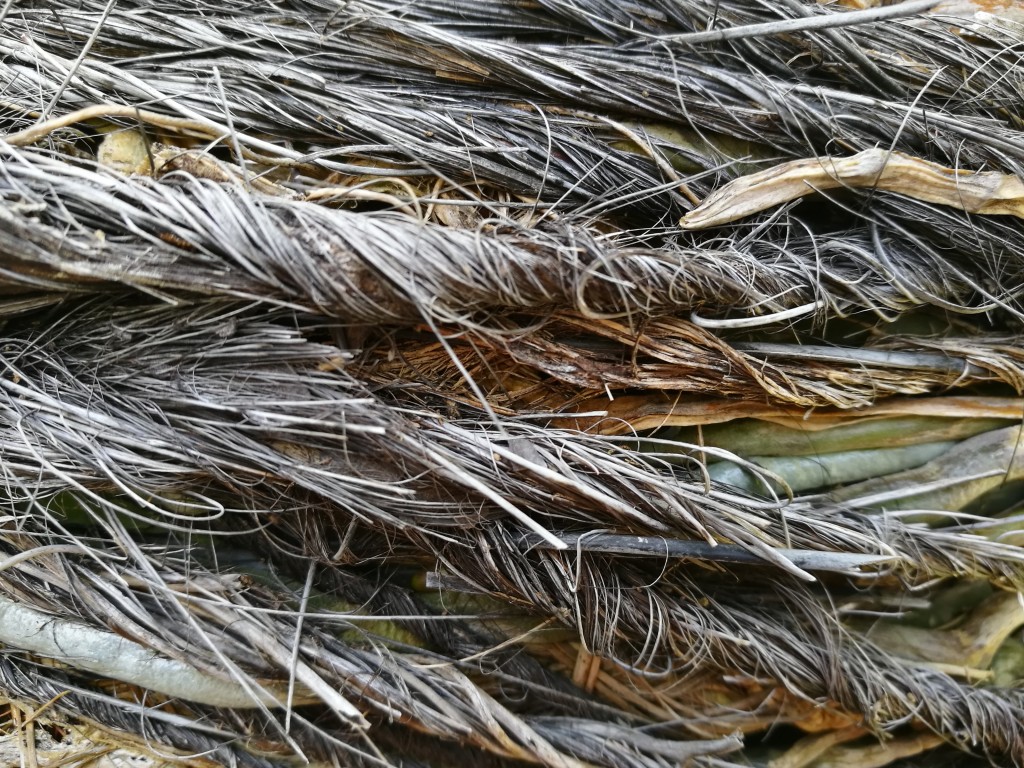
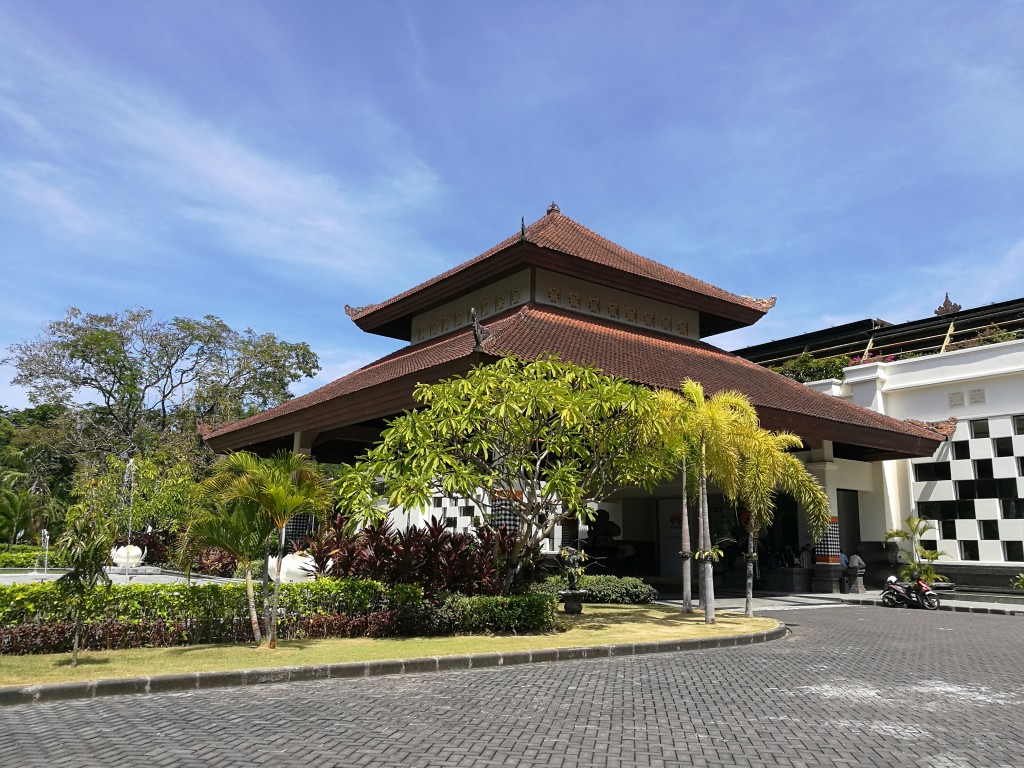
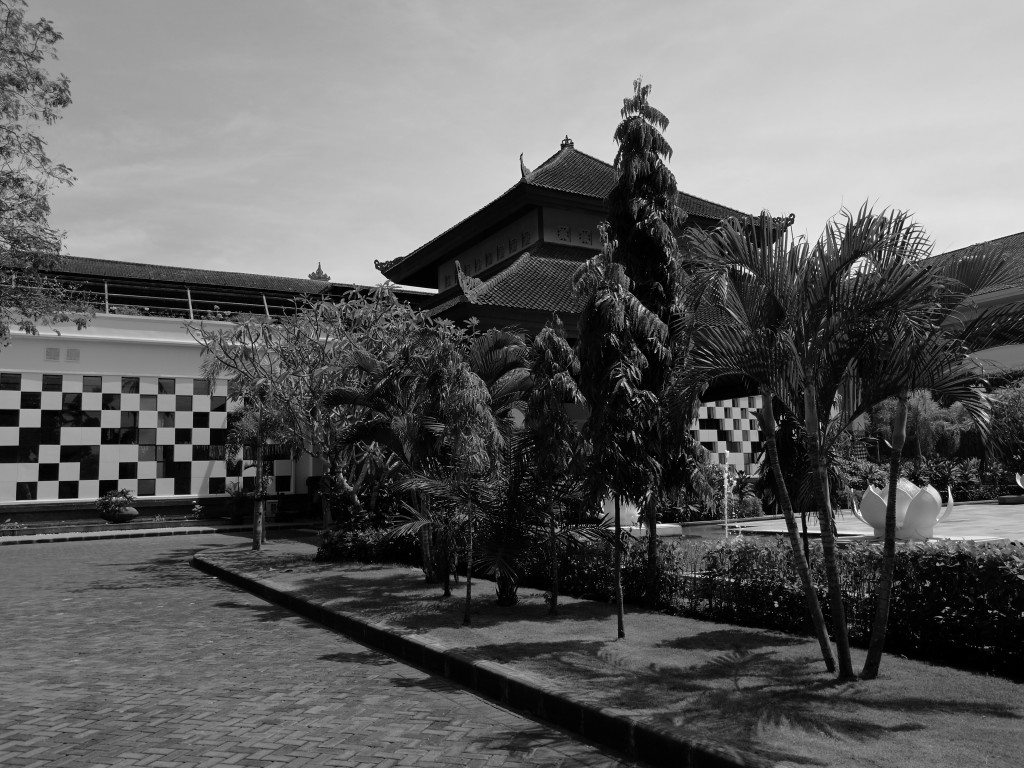
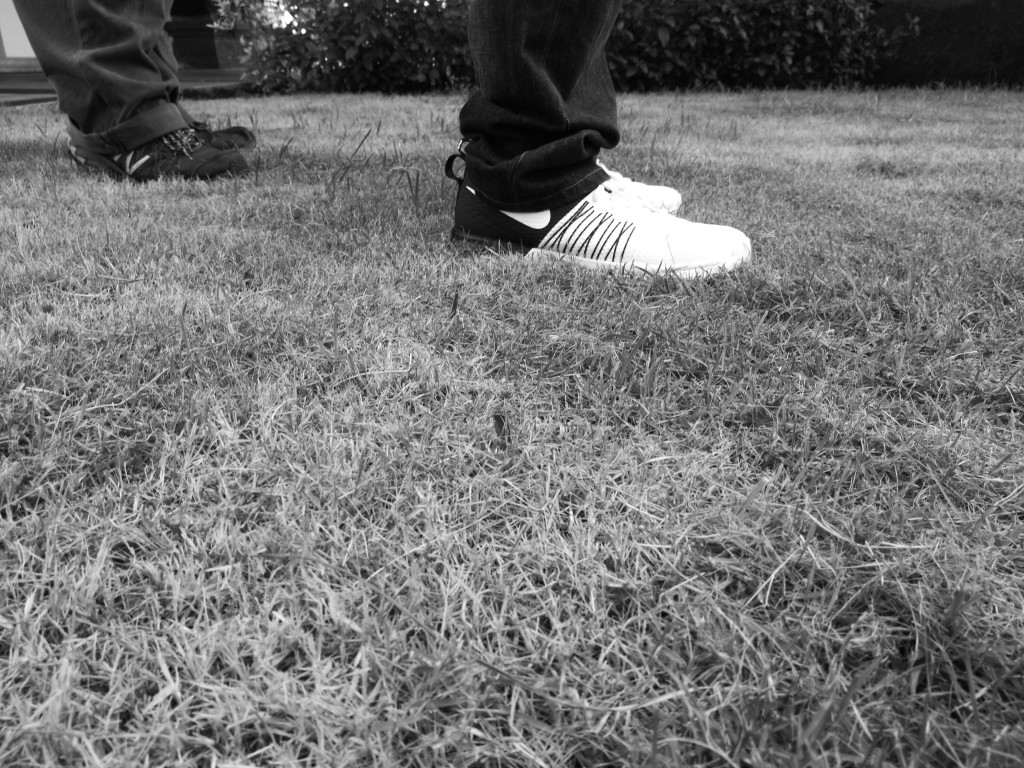




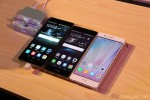
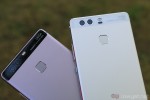
No comments:
Post a Comment